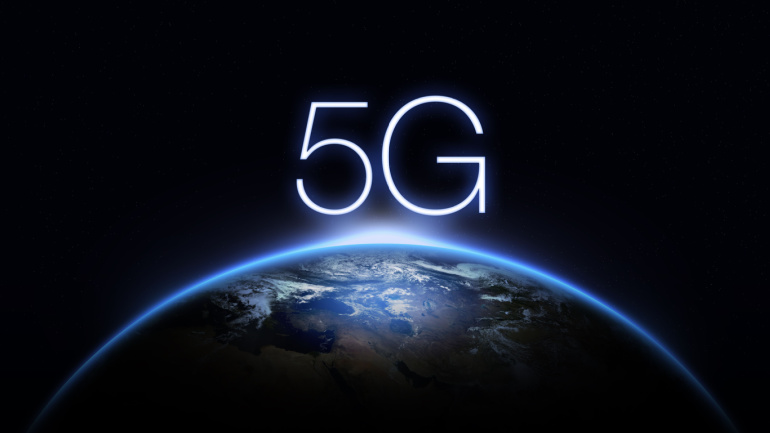Reliance Jio Infocomm is arming itself with a significant offshore loan around $2 billion to fuel its 5G ambitions, with sources pointing towards Swedish telecom giant Ericsson as a potential gear supplier. A noteworthy credit safety net from Sweden’s EKN credit agency plays a crucial role in this strategic play, while banking behemoth BNP Paribas is slated to disburse a massive chunk of the offshore funding.
The Federal Communications Commission (FCC) has set its sights on reshaping the allocation of approximately $9 billion earmarked for rural 5G expansion. FCC Chairwoman Jessica Rosenworcel announced the move, emphasizing the need to bridge the digital divide across underserved areas of the United States.
Joining forces to propel Denmark into the 5G age, telecommunications giants Ericsson and TDC NET confront the intricacy of transitioning to Standalone 5G. The venture promises enhanced connectivity, yet its real impact remains under scrutiny. Their collaborative effort hinges not just on operational advancement but also in setting a future-ready network infrastructure with increased energy efficiency and advanced services. However, as TDC NET prepares to navigate this expansive opportunity landscape, it’s essential to question the overall strategic footing of the industry—a fascinating watch for tech aficionados. Stay informed with the Telecoms.com newsletter.
In an innovative move, Ericsson and AWS have joined forces to implement a groundbreaking 5G power machine vision system in Hitachi’s manufacturing plant. This system aims to leverage real-time digital visuals, AI, and edge-to-cloud technologies for superior automated error detection. Beyond the norm, it can inspect 24 assembly components simultaneously with high-resolution cameras pinpointing defects at the sub-millimeter range. Such a venture showcases the potential of combining private 5G, cloud, and AI technologies in revolutionizing product manufacturing, even amidst the current market uncertainties.
Rogers Communications takes a gigantic leap forward, ushering in 5G services across Toronto’s subway system. While this promises enhanced network coverage and emergency call dependability, it raises concerns among competitors Bell and Telus, about potential market limitations. This unfolding drama in the Canadian telecoms industry draws the industry’s anxious gaze.
Delving into a recent decision by the Advertising Standards Authority (ASA), we uncover the reasoning behind a stop order on EE’s 5G-related adverts, which competitors said lacked clarity on EE’s claims to operate the ‘UK’s No.1 5G network’. Without fully revealing the specifics of this heated dispute, let’s dive into selected highlights of the adjudication, considering various past incidents and the industry’s ongoing dialogue surrounding telco advertising transparency.
AT&T has delicately entered the 5G fixed-wireless access (FWA) industry with its Internet Air product, targeting a specific demographic and remaining wary of impacting its mobile and fibre operations. Discussing the challenges and benefits of this strategic approach, we examine its potential against market leaders T-Mobile and Verizon. Are they being too cautious? Are they possibly missing out on the emerging FWA boom in the U.S?.
T-Mobile has shaken up the wireless market with the launch of its new premium service plan, Go5G Next, positioning itself as a contender in the higher-priced service sector. In a surprising move, the plan’s cost surpasses those of rivals Verizon and AT&T for a single line of service, defying T-Mobile’s historical reputation for affordability.
In the short span since 5G’s inception, one of its most successful applications surprisingly isn’t smartphones, but Fixed Wireless Access (FWA) enhancing home broadband services. Currently dominating 90% of new US broadband subscriptions, this trend sparks intriguing implications. Yet, fiber broadband’s speed and dependability present a formidable challenge, set to increasingly permeate the market aided by ample public funding. Meanwhile, FWA’s flexible and user-friendly nature makes it a robust contender, particularly in areas where fiber is not feasible.
Ericsson, the global telecom giant, has just shattered 5G records, achieving an incredible 5.7Gbps download speed by ingeniously blending three frequency bands. This breakthrough, a result of Ericsson’s advanced hardware, software and RAN coordination, opens a new horizon in performance boost and superior connectivity for 5G users. This latest success cements Ericsson’s spot at the forefront of the race for ultra-high-speed connectivity, even as competitors also explore the potential of carrier aggregation.













